Belleville
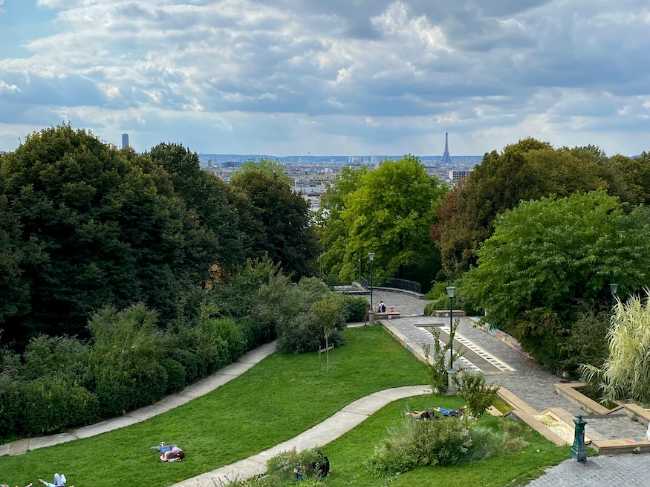
Belleville, perched on one of Paris’s highest hills, offers a vibrant mosaic of cultures, creativity, and working-class resilience. Once a village beyond the city walls, it became part of Paris in 1860 and has since evolved into a dynamic neighborhood shaped by waves of immigration and artistic energy. Its streets pulse with street art, global cuisine, and a strong sense of community. Visitors can explore Rue Denoyez’s ever-changing murals, relax in Parc de Belleville with panoramic city views, or discover the legacy of Édith Piaf, who was born here. Belleville’s charm lies in its authenticity—unpolished, expressive, and deeply rooted in its activist past. From bustling markets to hidden galleries, it’s a district that defies convention while celebrating diversity.
Paris FranceBelleville is a vibrant, multicultural neighborhood in northeastern Paris, straddling the 19th and 20th arrondissements along its main artery, Rue de Belleville, with smaller sections extending into the 10th and 11th. Set atop one of Paris’s highest hills, Belleville offers sweeping views of the city, especially from the Parc de Belleville, a green space known for its panoramic terrace and gardens. Historically a working-class village, Belleville has evolved into a lively area celebrated for its street art, diverse eateries, and energetic atmosphere. Nearby, visitors can explore the colorful Belleville Market, sample international cuisine in the area’s bustling Chinatown, or wander through the artistic passages filled with galleries and murals. The neighborhood borders Ménilmontant, another creative hotspot, and is within easy reach of the famous Père Lachaise Cemetery, where many notable figures are buried. Belleville’s authentic character, artistic flair, and cosmopolitan mix make it a unique destination for those seeking a different side of Paris.
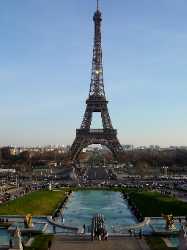 Eiffel Tower
Paris
Eiffel Tower
Paris
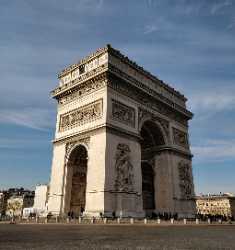 Arc de Triomphe
Paris
Arc de Triomphe
Paris
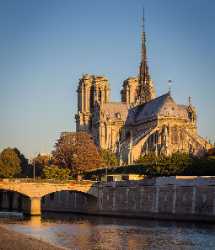 Notre Dame Cathedral
Paris
Notre Dame Cathedral
Paris
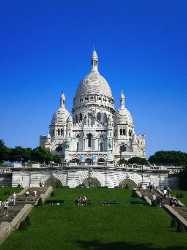 Sacre-Cœur Basilica
Paris
Sacre-Cœur Basilica
Paris
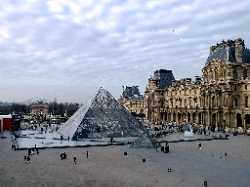 Louvre Pyramid
Paris
Louvre Pyramid
Paris
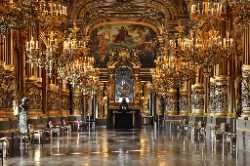 Palais Garnier
Paris
Palais Garnier
Paris
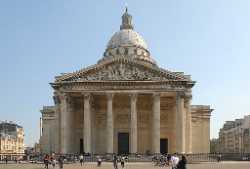 Panthéon
Paris
Panthéon
Paris
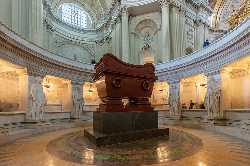 Les Invalides & Napoleon's Tomb
Paris
Les Invalides & Napoleon's Tomb
Paris
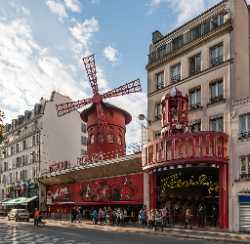 Moulin Rouge
Paris
Moulin Rouge
Paris
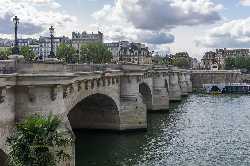 Pont Neuf
Paris
Pont Neuf
Paris
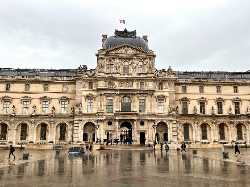 Louvre Museum
Paris
Louvre Museum
Paris
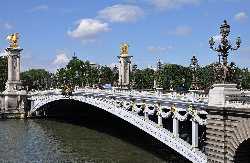 Pont Alexandre III
Paris
Pont Alexandre III
Paris
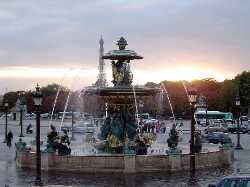 Place de la Concorde
Paris
Place de la Concorde
Paris
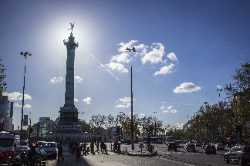 Place de la Bastille
Paris
Place de la Bastille
Paris
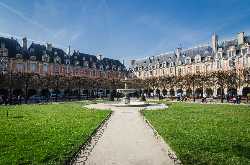 Place des Vosges
Paris
Place des Vosges
Paris
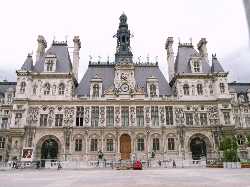 Hôtel de Ville
Paris
Hôtel de Ville
Paris
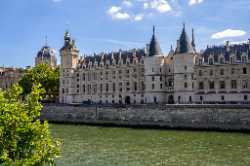 Conciergerie
Paris
Conciergerie
Paris
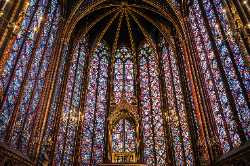 Sainte-Chapelle
Paris
Sainte-Chapelle
Paris
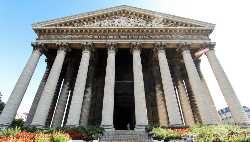 La Madeleine Church
Paris
La Madeleine Church
Paris
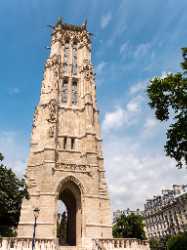 Tour Saint-Jacques
Paris
Tour Saint-Jacques
Paris
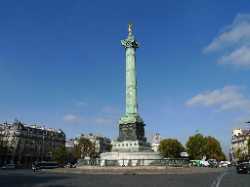 Colonne de Juillet
Paris
Colonne de Juillet
Paris
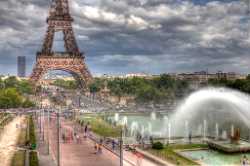 Trocadéro Gardens & Fountain
Paris
Trocadéro Gardens & Fountain
Paris
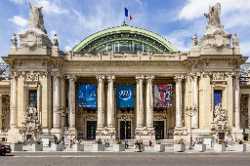 Grand Palais
Paris
Grand Palais
Paris
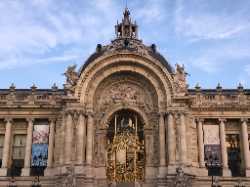 Petit Palais
Paris
Petit Palais
Paris
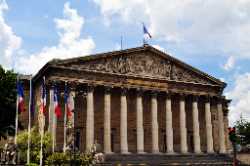 Assemblée Nationale
Paris
Assemblée Nationale
Paris
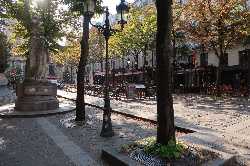 Sorbonne
Paris
Sorbonne
Paris
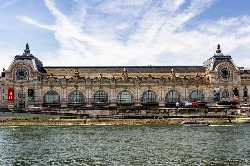 Musée d'Orsay
Paris
Musée d'Orsay
Paris
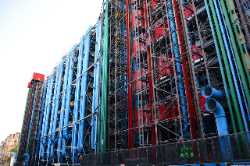 Centre Pompidou
Paris
Centre Pompidou
Paris
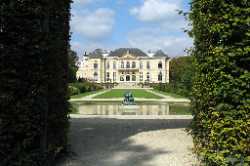 Musée Rodin
Paris
Musée Rodin
Paris
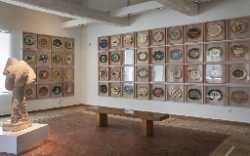 Musée Picasso
Paris
Musée Picasso
Paris
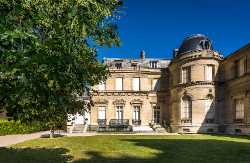 Musée Marmottan Monet
Paris
Musée Marmottan Monet
Paris
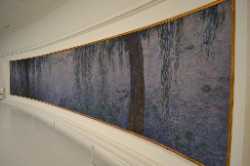 Musée de l'Orangerie
Paris
Musée de l'Orangerie
Paris
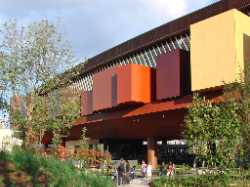 Musée du Quai Branly
Paris
Musée du Quai Branly
Paris
 Musée Grévin
Paris
Musée Grévin
Paris
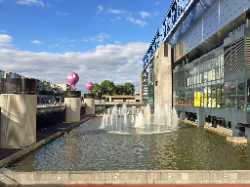 Cité des Sciences et de l'Industrie
Paris
Cité des Sciences et de l'Industrie
Paris
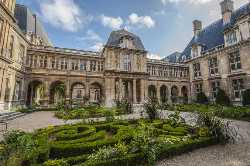 Musée Carnavalet
Paris
Musée Carnavalet
Paris
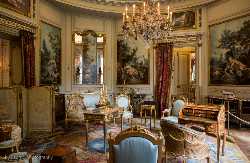 Musée Nissim de Camondo
Paris
Musée Nissim de Camondo
Paris
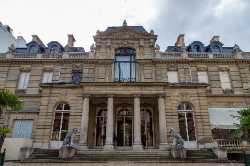 Musée Jacquemart-André
Paris
Musée Jacquemart-André
Paris
 Musée de Cluny
Paris
Musée de Cluny
Paris
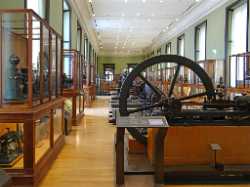 Musée des Arts et Métiers
Paris
Musée des Arts et Métiers
Paris
 Palais de Tokyo
Paris
Palais de Tokyo
Paris
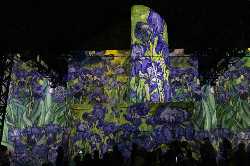 Atelier des Lumières
Paris
Atelier des Lumières
Paris
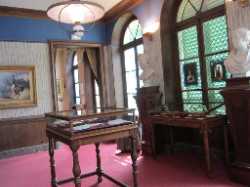 Musée de la Vie Romantique
Paris
Musée de la Vie Romantique
Paris
 Maison de Victor Hugo
Paris
Maison de Victor Hugo
Paris
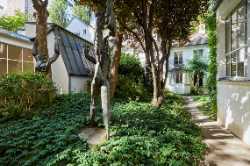 Musée Zadkine
Paris
Musée Zadkine
Paris
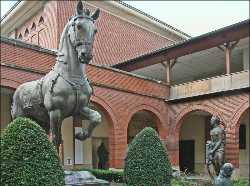 Musée Bourdelle
Paris
Musée Bourdelle
Paris
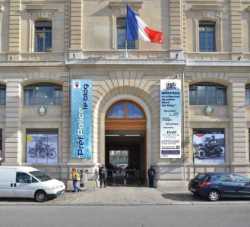 Musée de la Préfecture de Police
Paris
Musée de la Préfecture de Police
Paris
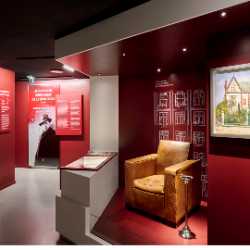 Musée de la Libération de Paris
Paris
Musée de la Libération de Paris
Paris
 Musée de la Poste
Paris
Musée de la Poste
Paris
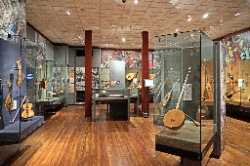 Musée de la Musique
Paris
Musée de la Musique
Paris
 Musée de l'Air et de l'Espace
Paris
Musée de l'Air et de l'Espace
Paris
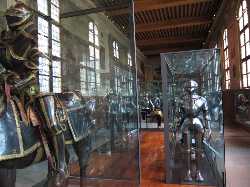 Musée de l'Armée
Paris
Musée de l'Armée
Paris
 Musée Yves Saint Laurent Paris
Paris
Musée Yves Saint Laurent Paris
Paris
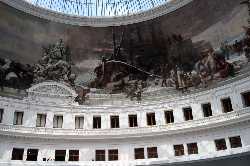 Bourse de Commerce
Paris
Bourse de Commerce
Paris
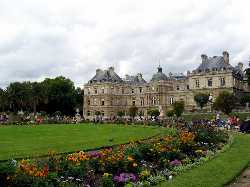 Jardin du Luxembourg
Paris
Jardin du Luxembourg
Paris
 Jardin des Tuileries
Paris
Jardin des Tuileries
Paris
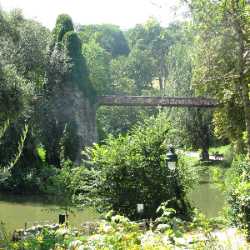 Parc des Buttes-Chaumont
Paris
Parc des Buttes-Chaumont
Paris
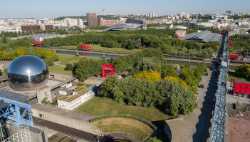 Parc de la Villette
Paris
Parc de la Villette
Paris
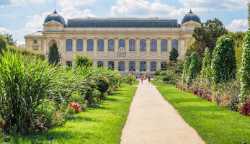 Jardin des Plantes
Paris
Jardin des Plantes
Paris
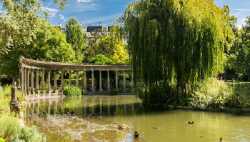 Parc Monceau
Paris
Parc Monceau
Paris
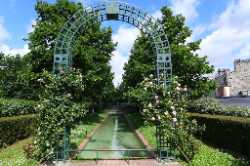 Promenade Plantée
Paris
Promenade Plantée
Paris
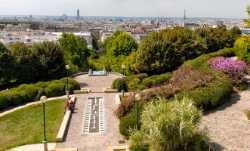 Parc de Belleville
Paris
Parc de Belleville
Paris
 Square du Vert-Galant
Paris
Square du Vert-Galant
Paris
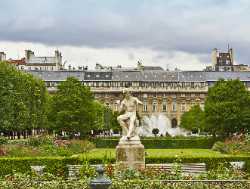 Jardin du Palais Royal
Paris
Jardin du Palais Royal
Paris
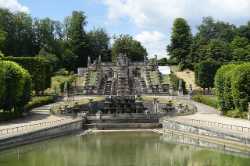 Parc de Saint-Cloud
Paris
Parc de Saint-Cloud
Paris
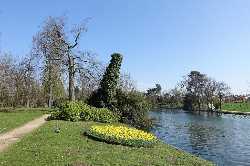 Bois de Boulogne
Paris
Bois de Boulogne
Paris
 Bois de Vincennes
Paris
Bois de Vincennes
Paris
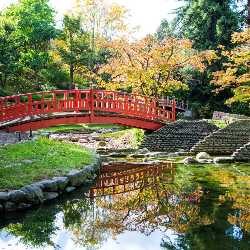 Jardin Albert Kahn
Paris
Jardin Albert Kahn
Paris
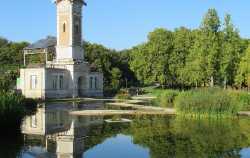 Parc Georges Brassens
Paris
Parc Georges Brassens
Paris
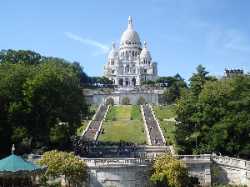 Square Louise Michel
Paris
Square Louise Michel
Paris
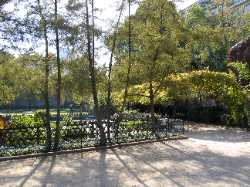 Jardin Catherine Labouré
Paris
Jardin Catherine Labouré
Paris
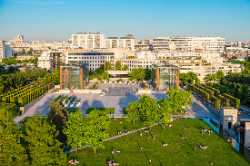 Parc André Citroën
Paris
Parc André Citroën
Paris
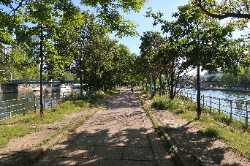 Île aux Cygnes
Paris
Île aux Cygnes
Paris
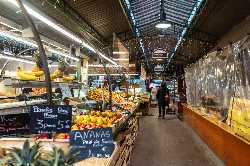 Marché des Enfants Rouges
Paris
Marché des Enfants Rouges
Paris
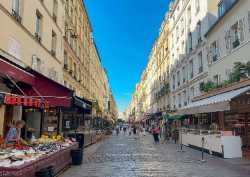 Rue Cler
Paris
Rue Cler
Paris
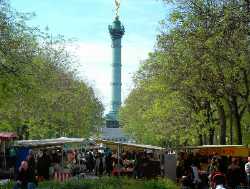 Marché Bastille
Paris
Marché Bastille
Paris
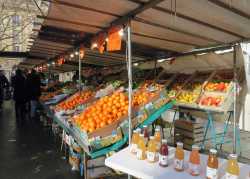 Marché Monge
Paris
Marché Monge
Paris
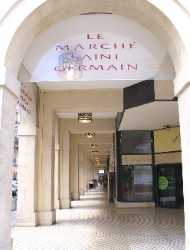 Marché Saint-Germain
Paris
Marché Saint-Germain
Paris
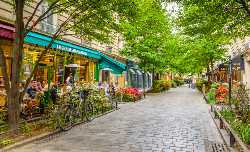 Le Marais district
Paris
Le Marais district
Paris
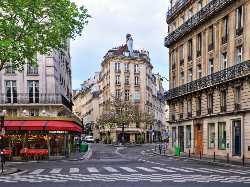 Saint-Germain-des-Pré
Paris
Saint-Germain-des-Pré
Paris
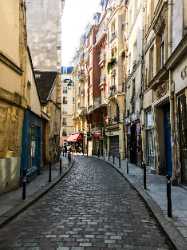 Latin Quarter
Paris
Latin Quarter
Paris
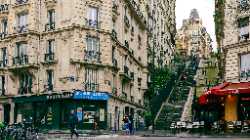 Montmartre
Paris
Montmartre
Paris
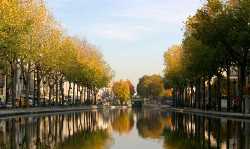 Canal Saint-Martin
Paris
Canal Saint-Martin
Paris
 Rue Montorgueil
Paris
Rue Montorgueil
Paris
 Marché aux Puces de Saint-Ouen
Paris
Marché aux Puces de Saint-Ouen
Paris
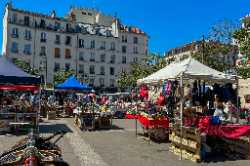 Marché d'Aligre
Paris
Marché d'Aligre
Paris
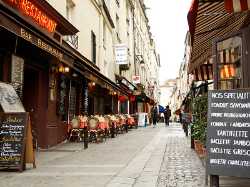 Rue Mouffetard
Paris
Rue Mouffetard
Paris
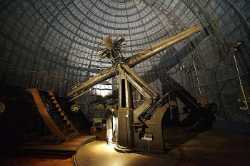 Paris Observatory
Paris
Paris Observatory
Paris
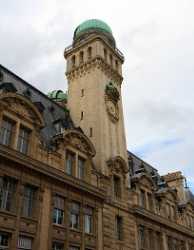 Astronomy Tower of the Sorbonne
Paris
Astronomy Tower of the Sorbonne
Paris
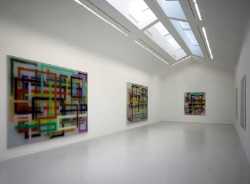 Galerie Perrotin
Paris
Galerie Perrotin
Paris
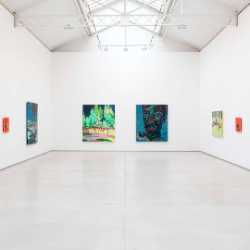 Galerie Thaddaeus Ropac
Paris
Galerie Thaddaeus Ropac
Paris
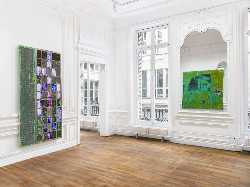 Galerie Chantal Crousel
Paris
Galerie Chantal Crousel
Paris
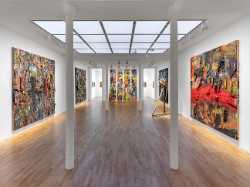 Galerie Kamel Mennour
Paris
Galerie Kamel Mennour
Paris
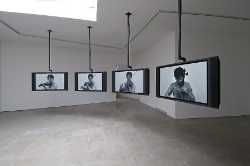 Marian Goodman Gallery
Paris
Marian Goodman Gallery
Paris
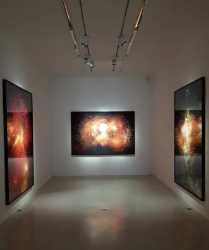 Galerie Emmanuel Perrotin
Paris
Galerie Emmanuel Perrotin
Paris
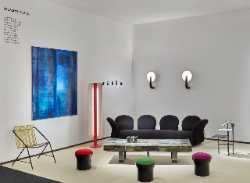 Galerie Jousse Entreprise
Paris
Galerie Jousse Entreprise
Paris
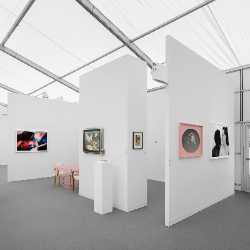 Galerie Sultana
Paris
Galerie Sultana
Paris
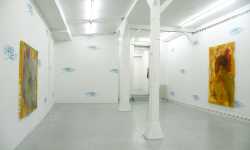 Galerie Richard
Paris
Galerie Richard
Paris
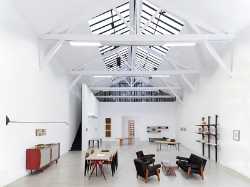 Galerie Patrick Seguin
Paris
Galerie Patrick Seguin
Paris
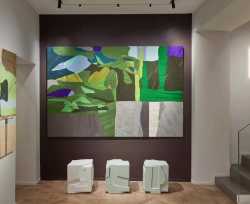 Galerie BSL
Paris
Galerie BSL
Paris
 Avant-Scène
Paris
Avant-Scène
Paris
 Galerie Gosserez
Paris
Galerie Gosserez
Paris
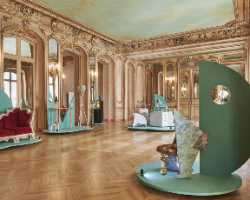 Mouvements Modernes
Paris
Mouvements Modernes
Paris
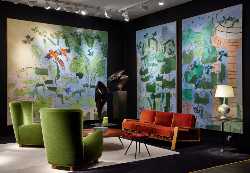 Galerie Jacques Lacoste
Paris
Galerie Jacques Lacoste
Paris
 Galerie 1900-2000
Paris
Galerie 1900-2000
Paris
 Galerie Art : Concept
Paris
Galerie Art : Concept
Paris
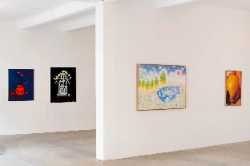 Galerie Laurent Godin
Paris
Galerie Laurent Godin
Paris
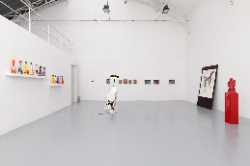 Galerie Hussenot
Paris
Galerie Hussenot
Paris
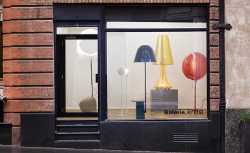 Galerie Kreo
Paris
Galerie Kreo
Paris
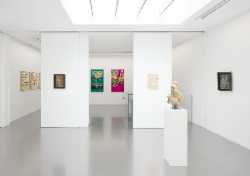 Galerie Hervé Loevenbruck
Paris
Galerie Hervé Loevenbruck
Paris
 Galerie Magnin-A
Paris
Galerie Magnin-A
Paris
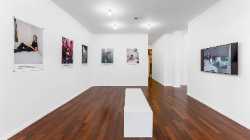 Galerie mfc-Michèle Didier
Paris
Galerie mfc-Michèle Didier
Paris
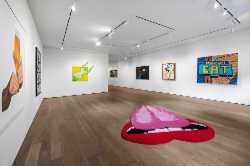 Galerie Georges-Philippe & Nathalie Vallois
Paris
Galerie Georges-Philippe & Nathalie Vallois
Paris
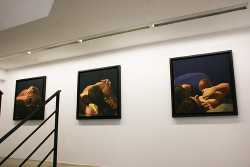 Galerie Laurent Strouk
Paris
Galerie Laurent Strouk
Paris
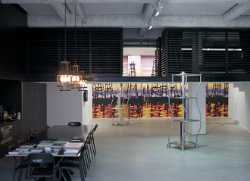 Galerie Suzanne Tarasiève
Paris
Galerie Suzanne Tarasiève
Paris